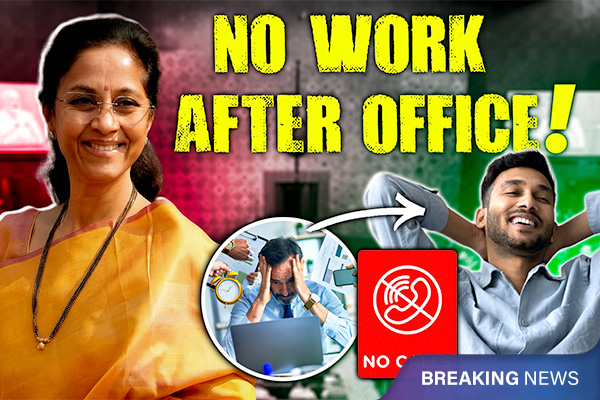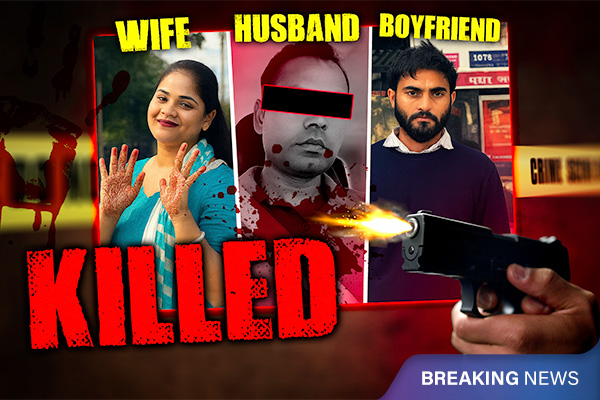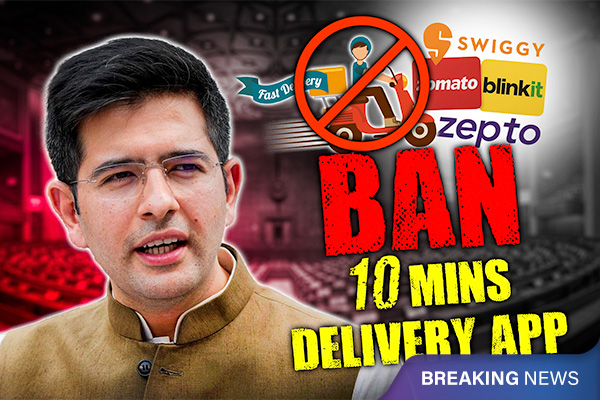Supreme Court Not Accessible to Deaf Community
Mr. Shashank Singh, a Supreme Court Lawyer, wrote a column on the website Livelaw.com and expressed his personal opinions about the Apex court’s programmes not being accessible to the Deaf Community.
Mr. Shashank Singh is a Supreme Court Lawyer. He wrote a column on the website Livelaw.com. In this column, he has expressed his personal opinions about Supreme court programmes not being accessible to the deaf community. An online demonstration of the Supreme Court’s e – filing module was held and webcast on Friday 15th May.It was attended by the CJI SA Bobde and the chairperson of the SC e-committee, Justice DY Chandrachud. In this session, the Honorable CJI gave a speech and the honourable Justice DY Chandrachud spoke about the background and the purpose of the live demo. Unfortunately, the entire programme was not accessible for the deaf population of India as there was no sign language interpreter available at the time when the entire show was being telecast on YouTube. Also, there was no closed captioning of the show so that it could become accessible for the people of the deaf community.
Shashank wrote that “I joined SC as a lawyer in the year 2011, and from 2011 till today, several judges retired, several law days were organized, SC judges have given several lectures and several oath ceremonies of newly appointed judges of SC have taken place. However, none of these events had sign language interpretation. I have never witnessed sign language interpretation in court proceedings too.” In the column he wrote that as per the 2011 Indian census the population of persons with hearing impairment is 1.3 million. However, the National Association of the Deaf estimates that the Deaf population is around 1 % of the Indian population. i.e. 18 million people.
The Rights of Persons with Disabilities Act 2016 (RPWD) gives protection to Deaf people and persons with other disabilities. In April 20, 2015, U.S Chief Justice John Roberts learned sign language to welcome 12 Deaf and Hard of hearing lawyers. Sitting at the Supreme Court bench he signed ‘your motion is now granted’ meaning the Deaf and Hard of hearing lawyers can now argue cases in the USA. Shashank wrote that in India, the Deaf community files cases and petitions not only for themselves but also for others. Recently the Assam Association of the Deaf petitioned to the Supreme Court against the CAA. Shashank said that this means, the small percentage of Deaf population in India is not only sensitive towards its own rights but also towards the rights of Indian citizens.
A PIL was filed in the Delhi High Court by a disability rights activist in September 2018. If Indian Sign Language is made official, then there will be Courts across the country which will become inclusive by providing sign language interpreters. Because of this, there will be better employment opportunities for persons with disabilities. And Deaf people can aspire to become lawyers and judges because of such accessibility. These are some ways the Supreme Court can become inclusive and follow the RPWD Act 2016.







